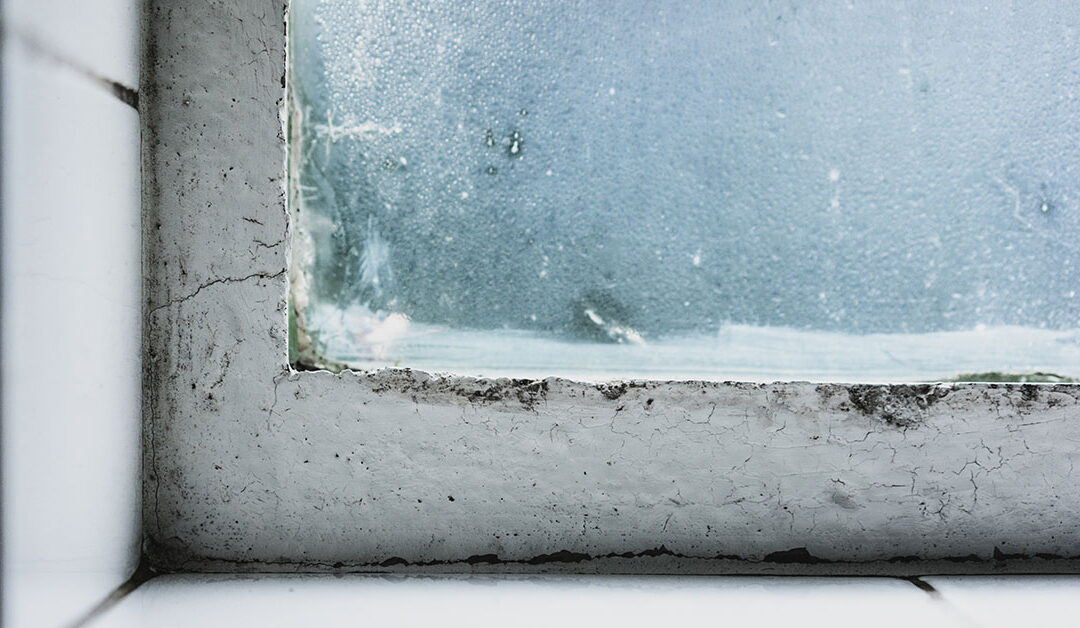One word that is guaranteed to make homeowners cringe is mold.
Besides bringing unpleasant odor and discoloration into your home, being in contact with mold can cause serious health problems. On top of that, eliminating mold can be a very long, expensive process.
If you’ve recently purchased a home or have are going through the remodeling process, you will want to be extremely proactive when it comes to protecting your home from mold.
Here are a list of ways to stop mold from wrecking your home and finances.
Common Areas
Before we begin to talk about how to remove mold from your home, we first have to identify the common areas where mold will develop.
Mold is prone to grow in damp, humid areas. This includes
- Basements
- Bathrooms/Showers
- Attics
- Crawl Spaces
How To Stop Mold
Keep areas dry
Mold cannot grow without moisture. Water seepage in your basement after a heavy rainstorm or leaks are common incidents that are sure to bring mold into your home. It is very important to dry these wet areas immediately. This also includes simple daily tasks, such as not letting wet clothes sit too long in the wash or leaving wet items lay around your home.
Mold-resistant products
During the building or remodeling process, it is important to install mold-resistant drywall and sheetrock. Traditional drywall in your home has a greater chance of mold developing in high-risk areas.
Watch humidity levels
Ideally, moisture levels in your home should fall between 35% and 50% relative humidity; in very humid climates, at the height of summer, you may have to live with readings closer to 55%. Usual signs of excessive humidity include excessive condensation on windows, pipes, and walls. If you’re not sure, you can also measure humidity with a moisture meter that start at less than $20.
Wipe down the walls after bathing
Moisture from a shower or bath that sits on the walls of the shower can lead to mold development. The best way to stop this from happening is to wipe down the walls with a towel after every shower.
Increase ventilation and air circulation
Keeping the air moving in your house and providing a source of fresh air will really help to control the humidity in your home. According to the EPA, as temperatures drop, the air is able to hold less moisture. When the weather allows, open the windows to vent out air. Fans will also allow air to flow through the home.
Drain water pointed away from your house
Water can also get into your house from the outside, bringing extra moisture into your crawlspace and basement. It is important to direct the pipes away from your home. One way to do this is by installing extra gutters to point the water away from your home.
Mold can wreak havoc on your home and health. Fixing mold damage is an expensive and time-consuming home repair. But you can save time and money if you follow the tips above. Your home is an investment, so you should protect it by looking for these simple signs.

